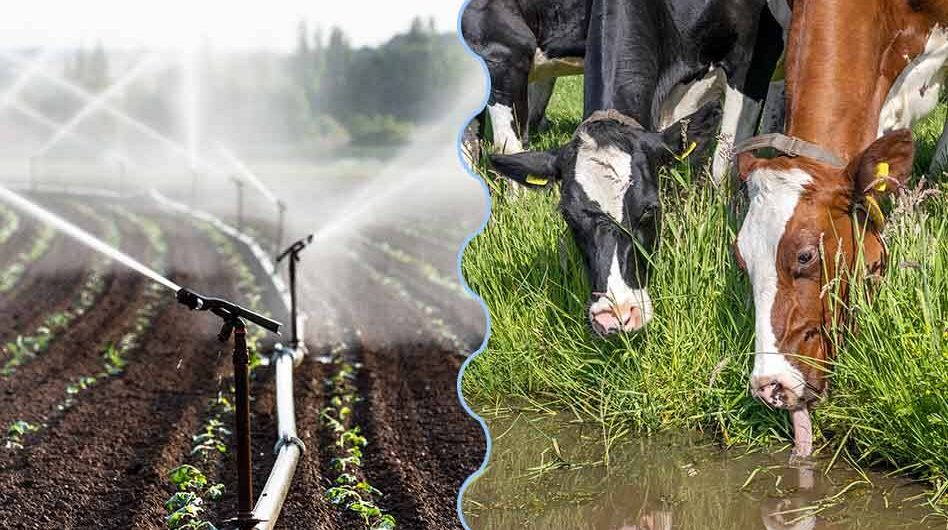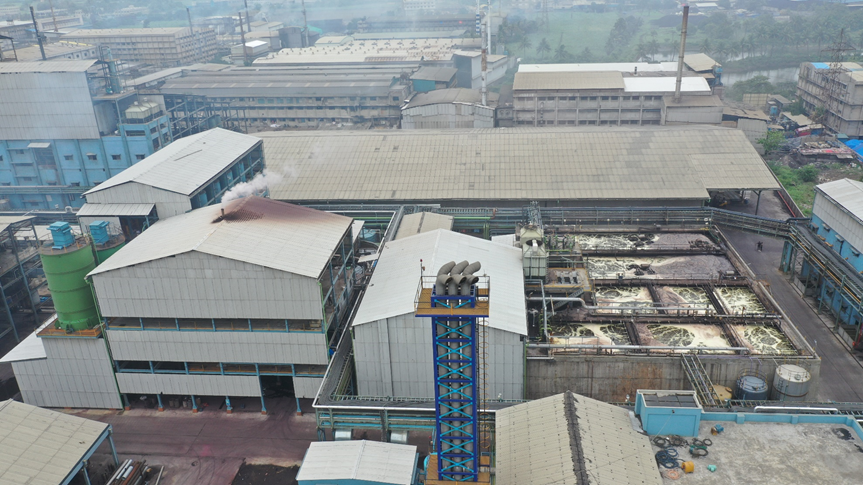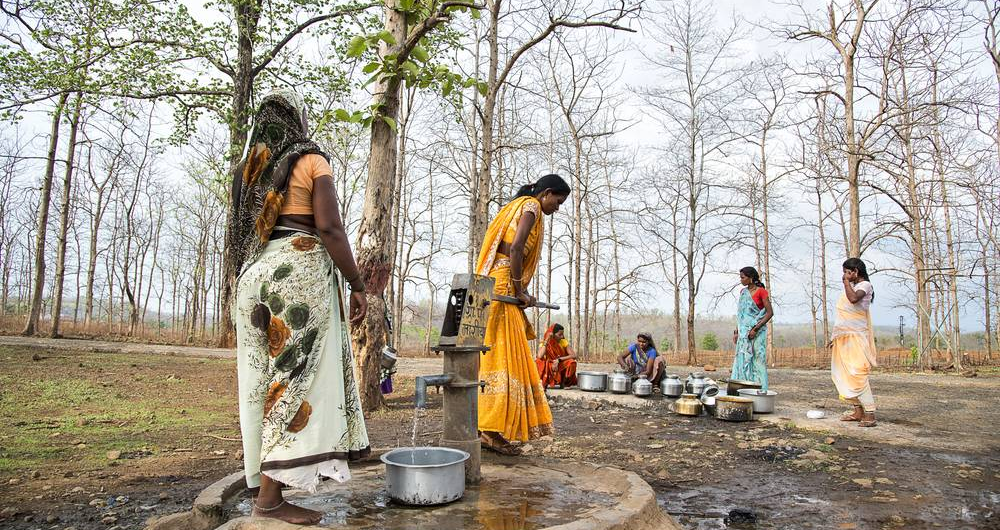By Rudranarayan Kumar, Chief Manager and Devipriya Rout, Executive, Business Development, Swach Environment Pvt Ltd.
Overview Non-Revenue Water (NRW) is a burning issue with water supply utilities in India, which includes both physical and commercial losses and free authorized water for which payment is not collected. One of the major issues affecting the Indian water utilities is the pronounced difference between the amount of system input volume (SIV) into the distribution system and the amount of water billed to consumers, which is the NRW. Average NRW in India is around 38%; just above the global average range of 30% to 35% reported by the World Bank. Mexico having 51% and Denmark at 6% of recorded non-revenue water, represent the two extremes. An emerging challenge in many utilities is pinpointing the breakdown of NRW components and sub components, which makes it burdensome in order to point out the necessary course of action to reduce NRW. There have been developments in several technologies to reduce NRW such as leak detection technologies, Smart Metering,IoT enabled Digital Network Management, DMA based monitoring system etc. However, their adoption in India has been sluggish, primarily due to the limited revenues that municipalities generate, secondarily inability of personnel to cater eco system development. With privatization along with the urbanization on the rise, many water utilities are supposed to deploy leak detection systems to improve water networks and reduce NRW.
Smart Water Meters (Advance Metering Infrastructure-AMI) paving way for the Digital Transformation in the Indian Water Utility Sector. Emerging technologies such as IoT-based Smart Water Meters have been very effective in curbing huge water loss and reducing NRW globally. Smart meter also favors in dynamic water billing & identifying consumption pattern of individuals which leads to efficiency & effectiveness of the system. AMI system would drastically reduce time spent on billing as compared to the manual work; this helps the short-staffed water utilities to focus on critical roles such as improving system service to house connections and considering predictive analytics for improving system efficiency. The increase in revenue generation for water utilities through enhanced water conservation, billing efficiency and resource optimization, are the key drivers of the AMI market in India. Government drives, for example, the Smart City projects are additionally spurring interest for shrewd water meters. There is a consistent rise in demand for IoT-based Advanced Metering Infrastructure (AMI) smart water meters due to its numerous advantages such as real-time data monitoring & smart communication, tamper proof design and accurate measurement leading to reduction of NRW drastically. A recent Frost & Sullivan analysis reveals that the demand for smart water meter can reach up to 500,000 units by 2025, from 220,000 units in 2019. The smart water meter market in India is forecast to grow at a CAGR of 14.7% during 2019-2025 2 . System Input Volume Authorized Consumption Billed: Authorized Consumption Billed Metered Consumption Revenue Water Billed Unmetered Consumption Unbilled: Authorized Consumption Unbilled Metered Consumption Unbilled Unmetered Consumption Water Losses Apparent Losses Unauthorized Consumption NonRevenue Water Customer Metering inaccuracies Real Losses Leakage on transmission and/or Distribution mains Leakage & Overflows at utility’s storage tanks Leakage on service connections up to Point of customer meter Municipal water corporations from Chandigarh, Pune, and Hyderabad have started to implement Smart Water Meters. Pune Municipal Corporation is in the process of implementing 2,75,000 smart water meters over 3 years starting 2019. Usage of smart water meters by utilities to bill the customers for actual water consumption would encourage people to install individual AMI meters. Such meters would help them track their water consumption patterns and implement sustainable water conservation methods to reduce water bills. This widens the prospective customer base for smart water meters. Marketers need to develop end-to-end solutions using cloud-based IoT real-time data analytics to generate more revenues, reduce asset optimization & asset maintenance costs water production costs and reduce energy consumption. The market is supposed to witness a more collaborative approach from different stakeholders such as product suppliers, software designers/developers, and water OEMs to develop such end-to-end arrangements. Software-as-a-Service (SaaS): In the long-term, the water utilities would open up to cutting edge digital technologies such as Big Data Analytics, Artificial Intelligence (AI).
The adoption of advance digital technologies could also assist us in challenging times such as the COVID-19 global pandemic. When social distancing is the need of the hour, digital solutions such as the smart water meters (AMI/AMR) ensure service / business continuity with minimal human interventions. Reasons for Non-Revenue Water: 8 Leakages cause water loss from the pipe network at pipe bursts. The same never be used by customer. Water loss due to leakages therefore affects both the economy and the environment of the utilities by possible nuisances, consequently contributes to necessary waste of resources. Leakages and pipe bursts an occur suddenly or gradually develop over time due to lack of maintenance, corrosion or wear and tear. 8 Faulty Meters and In accurate meter reading are also reasons for commercial losses and Non Revenue Water, 8 Illegal Connections & Unauthorized consumption 8 Water used by utilities for operational purposes, water used for firefighting, and water provided for free to certain consumer group Strategic efforts and Advance technologies Dividing the supply network into smaller sections e.g. District Metering Areas (DMAs) – is a more efficient technique, wherein it is possible to calculate water losses in each DMA individually. Several factors are being considered while forming DMAs in an existing network such as number of users or connection, topography, isolation & inter-connectivity, cost of setting up DMAs, slopes & elevations etc. Leakages can be easily detected through noise loggers integrated in ground level surface boxes, enabling operators to set in exactly when and where needed. Nangloi Water Services – A Case Study Overview & Scope of Discussion: Nangloi Water Services (NWS) work on behalf of the Delhi Jal Board (DJB) and under its direct supervision. NWS is in charge of improvement and revamping of existing water supply system,transmission and distribution network under the command area of Nagloi Water Treatment Plant, as specified in the 15- year PPP contract which was signed last year between the DJB and NWS. This is the largest public-private partnership ever to be formed by State Government of New Delhi in the water sector. Project Snapshots: 8 Rehabilitation of existing water treatment plant infrastructure 8 Construction/revamp of Booster pumping stations 8 Construction/revamp of Underground Reservoirs 8 Construction of Sludge Re-Circulation System 8 Expansion of Water Supply, Transmission and Distribution Network of 1500 KM 8 Expansion of HSCs (House Service Connections) 8 Creation of DMAs to maintain low NRW (Non- revenue water) 8 Operations & Maintenance of Water-treatment Plant, Booster pumping station, Network Piping for a period of 15 years Application of DMA techniques at NWS Challenges being faced: Unknown Existing Pipe Network Layout, Local Public hindrance in isolating the area. (Fear if the area will be isolated, water will not reach to their houses) 8 Political Hindrances 8 Water Theft & Leakages 8 Improper Operation and Production Management 8 Narrow streets- difficulty in laying/replacing the HCS/Pipelines 8 Zero Billing DMA Methodology One of the disadvantage of creating DMAs is the initial setting cost, but if considered the numerous benefits out of them, in long run the savings achieved will exceed the initial investment with a huge profit margins. The below table shows the typical KPIs of DMAs achieved at Nangloi WTP area. Performance Benchmarks Parameter Standard Mohan Garden Najafgarh Enclave Previous Present Previous Present Coverage 100% 30% 100% 5% 100% Per Capita Supply of Water 135 lpcd 70 100 15 110 Extent of Metering 100% 45 60 0 90 Extent of Non-Revenue Water 15% 79 48 Tanker 30 Continuity of water supply 24*7 3 hours 5 hours Tanker 4 hours Efficiency in resolution of customer complaints 80% NA 75 NA 90 Quality of water Supplied 100% Tubewell >90% NA >90% Source: ©Nangloi Water Services Pvt Ltd. 4 Result: Below graph shows the effectiveness of incorporating DMA technique at the NangloiWater Services command area. Source: ©Nangloi Water Services Pvt Ltd. 5 Conclusion: Water losses have been known to appear in the limelight when talked about Water Management System of India. It has become a need for mankind to work on measures to reduce these losses from water utility system, which play a critical role in efficient resource utilization, resource optimization & resource management. Where pandemic made us separate in our own ways there are digital technologies that has kept us together in order to eradicate these losses effectively & efficiently. DMAs are highly evolved concept, accepted globally as a standard practice. Creation of DMAs is one of those technologies which has proved its significance through performance benchmarks.





